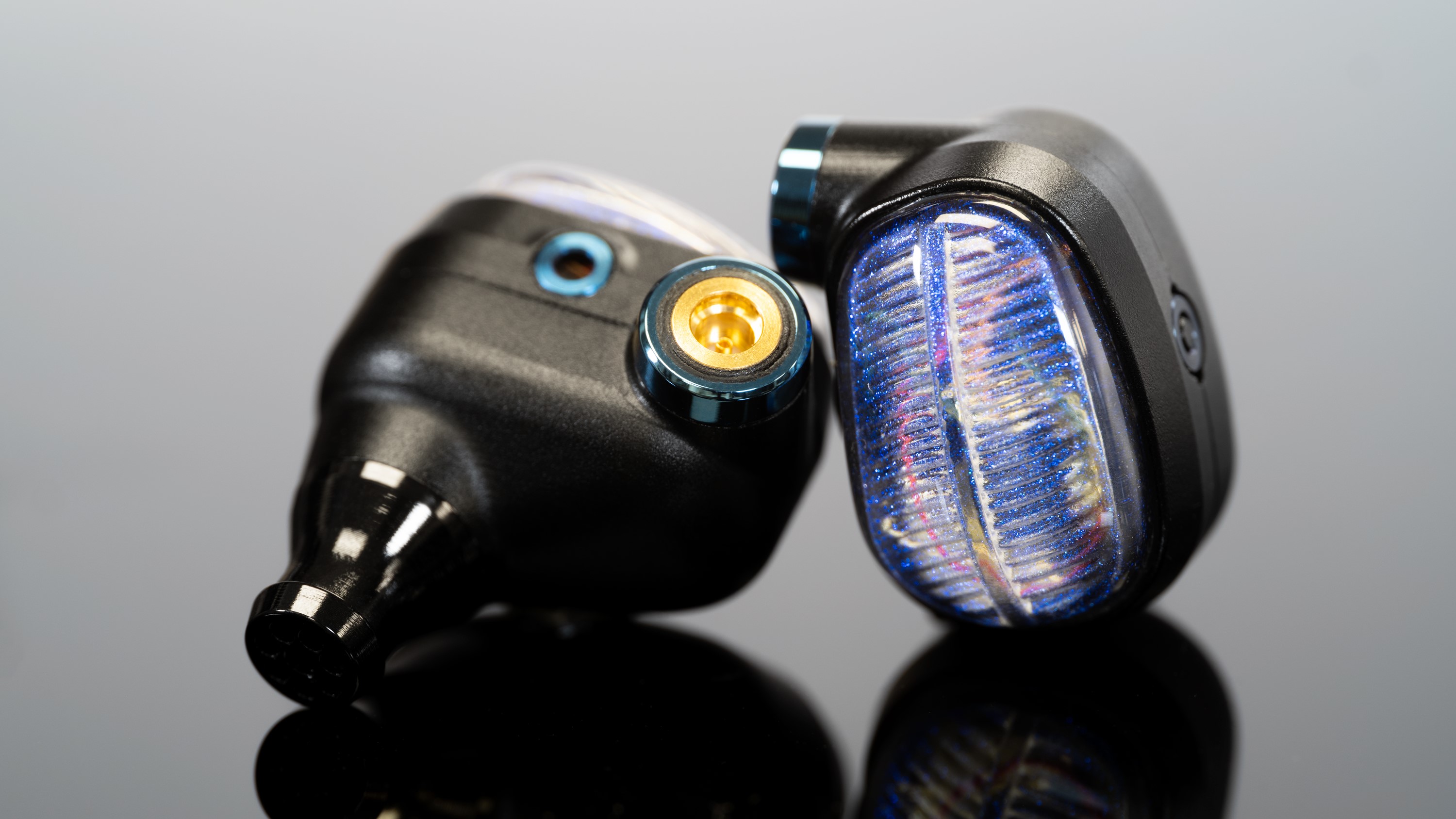We've built a fantastic premium hi-fi system that spins and streams superbly
Excellent performance with a price tag to match
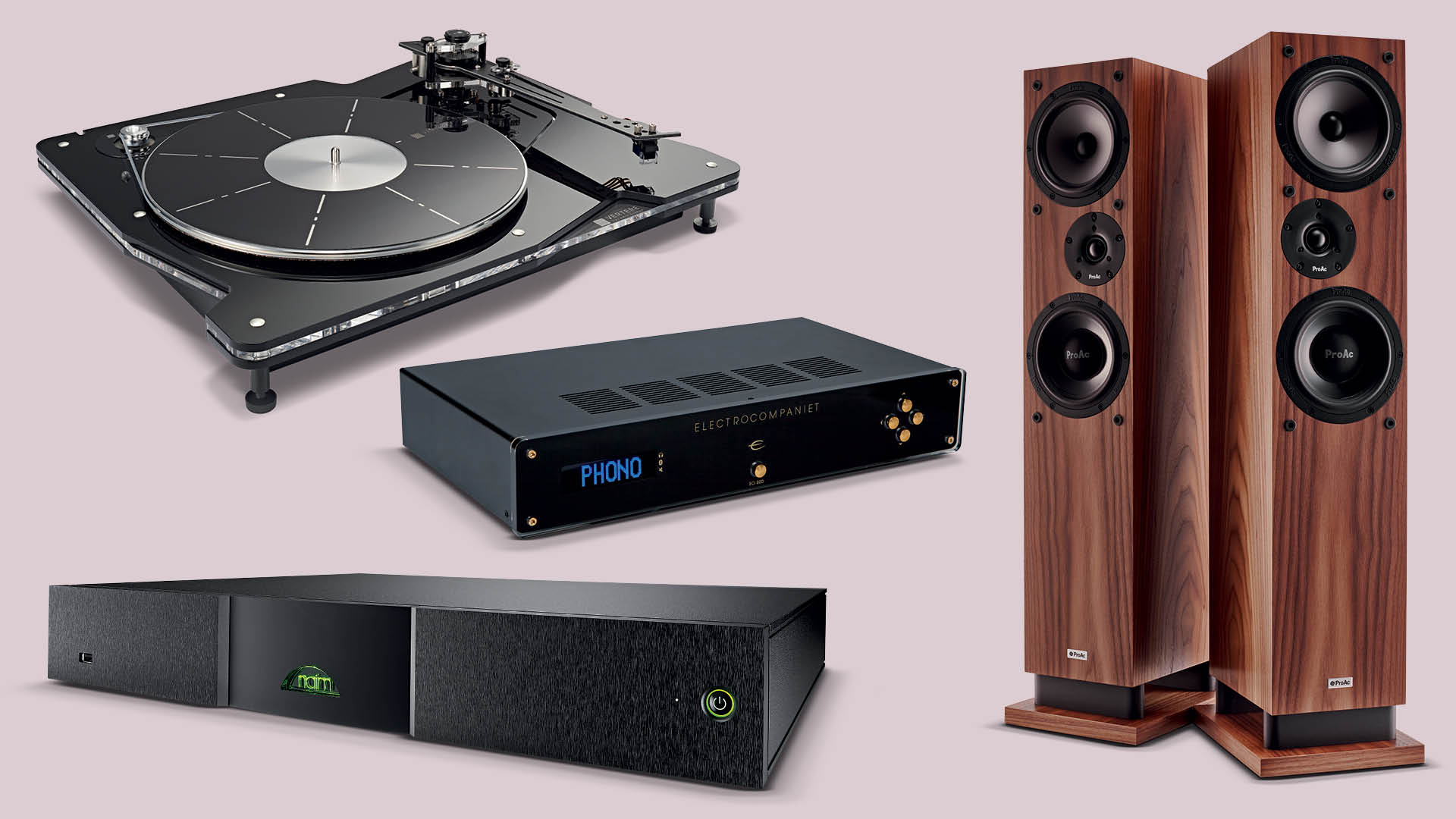
Ironically, all the electronics in this quartet could be described as ‘entry level’ in their companies’ lineups. This is a little painful to read when you look at the overall cost of what's lined up here; five figures for an entry-level anything is a touch eye-watering. But of course, everything is relative – and, when you’re talking about serious high-end hi-fi, even the entry-level kit is remarkable.
The system
Turntable: Vertere DG-1/Magneto MM (£3100 / $3895/ AU$5995)
Streamer: Naim ND5 XS2 (£2499 / $3999 / AU$5750)
Amplifier: Electrocompaniet ECI-80D (£2899 / $3500 / AU$4999)
Speakers: ProAc Response DT8 (£2295 / $ / AU$8795)
Total: £10,793 / $N/A / AU$25539
Record Player : Vertere DG-1/Magneto MM
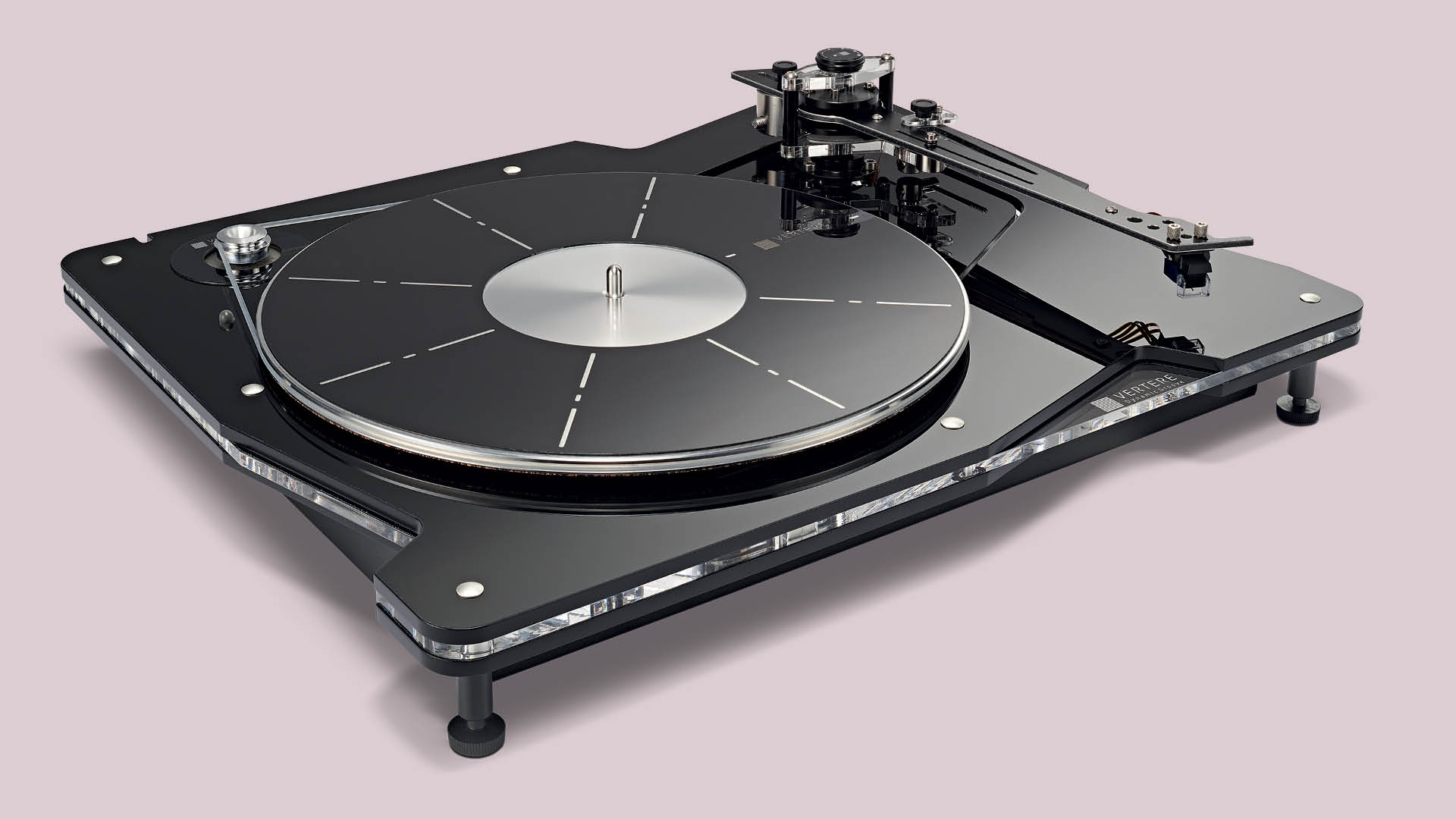
The Vertere DG-1 Dynamic Groove is a deck/arm package that offers a fair dose of the performance of Vertere’s top-end turntables but for a far more approachable outlay. It’s designed to be easy to use and, here, it comes with the optional fitted cartridge for those who want a complete package. That cartridge is the new Vertere Magneto moving magnet; it’s essentially a rebadged Audio-Technica AT-VM520EB with a different coloured body.
The DG-1’s motor is derived from the 24v pole synchronous design used in Vertere’s more upmarket offerings. It comes with an individually optimised partnering power supply to minimise noise and vibration. As with other Vertere turntables, the motor body is designed to move to absorb belt tension effects, thus helping to improve speed stability.
Set-up is straightforward and the instructions are clear enough for most people to get going pretty quickly. The cartridge comes fitted and, apart from setting the tracking weight, adjusting arm bias and fitting the platter and belt, there’s not much else to do.
It doesn’t take long to realise that this is a terrific sounding deck, with a bold, outgoing sound brimming with energy and drive. Bass notes hit hard and fast, but are impressively controlled. There’s little in terms of overhang, and at no point do we feel the lows are dominating unnecessarily.
Get the What Hi-Fi? Newsletter
The latest hi-fi, home cinema and tech news, reviews, buying advice and deals, direct to your inbox.
We’re impressed with the level of detail too. The DG-1 is a precise and highly resolving product, one that’s able to dig up plenty of information and organise it into a cohesive and musical whole. It’s excellent rhythmically, and has our feet tapping with ease. We haven’t come across a rival that communicates the changing momentum of a piece of music so explicitly.
Music streamer: Naim ND5 XS2
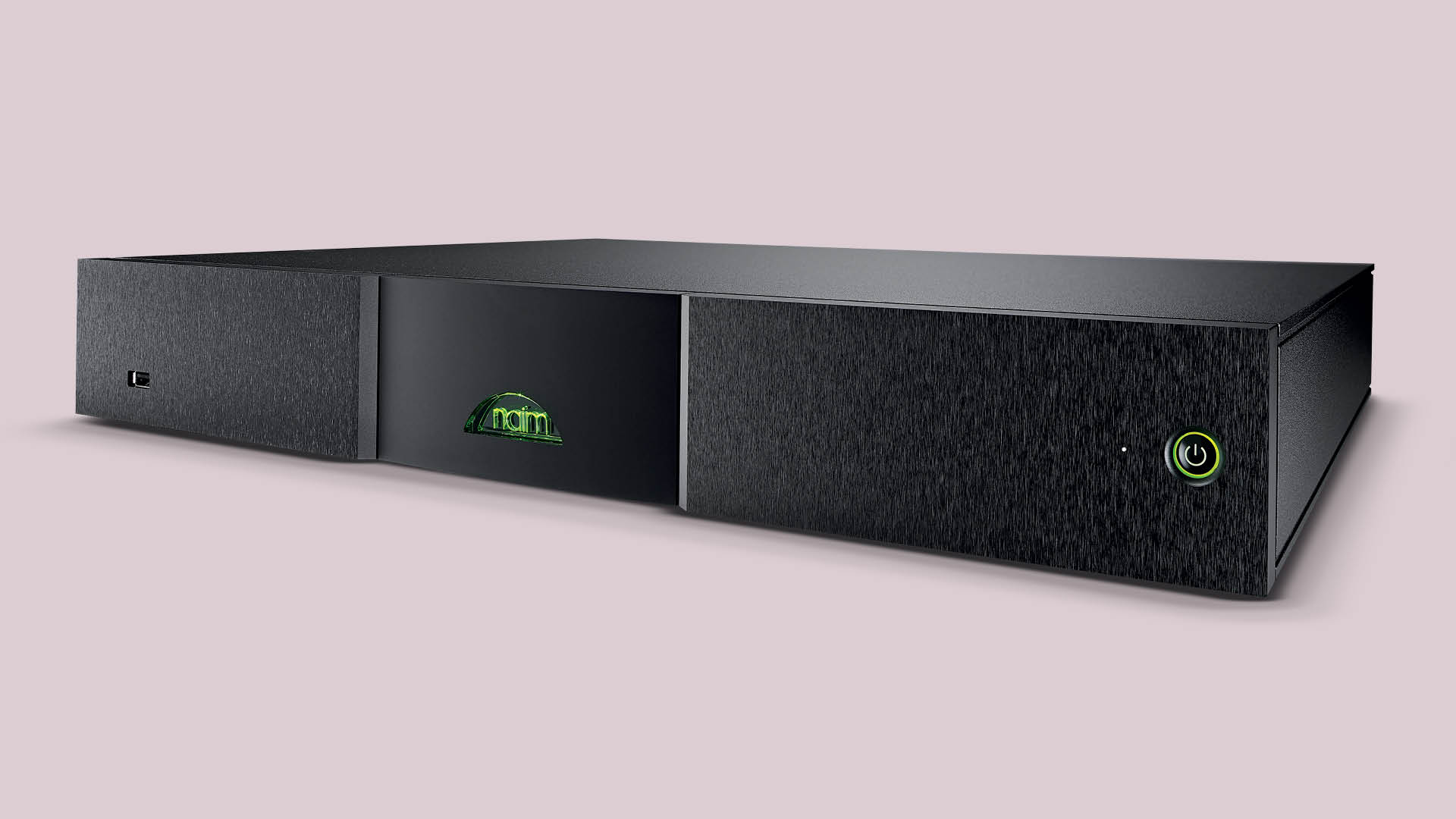
The other source here, Naim’s ND5 XS2 network streamer, is also described by the company as ‘entry level’ – which actually means that it’s the cheapest dedicated streamer the company makes in the range. As with the Vertere, never mind entering at this level, if this is the best your system ever sounds you’ll be doing your ears mightily proud.
It’s rather spartan in outlook, so there’s no full-colour screen (an attractive feature of some Naim products). Given that your streamer will be almost exclusively controlled via the app, though, that’s far from an issue in terms of functionality. In fact, you may argue the lack of ancillary electronics can aid the sound; and we’re great fans of the ND5 XS2’s understated, brushed metal façade regardless.
Even the rear remains tidy, despite the array of connections housed here. There are four digital inputs (a pair of optical, one coaxial RCA and a coaxial BNC) and RCA and five-pin DIN analogue audio outputs, alongside another USB Type-A socket and terminals for ethernet, Bluetooth and dual-band wi-fi aerials. There is plenty built-in for your streaming needs too, including Chromecast, AirPlay, Spotify Connect and Tidal Connect, while the streamer can be used as part of a Naim multi-room setup.
Being UPnP enabled, the ND5 XS2 can stream files up to 32-bit/384kHz from any outboard NAS device or computer, and it features Naim’s latest network card, which uses low-noise, low-voltage differential signalling to route the digital audio signal.
You’re unlikely to be disappointed with this streamer even straight from the box, but be aware you might not experience its full potential for some time after you buy it. We cannot overstate the importance of running in the ND5 XS2.
There is nothing sonically for which we can fault its performance. It is unmistakably a Naim product: more than doubling your budget for something like an NDX 2 will offer a notable upturn in terms of detail and resolution, but the company’s musical understanding is very much brought to the fore even at this entry level. Tonally it is even, with the ability to dig deep into bass frequencies with ease and tempering that with rich and insightful mids and treble. It possesses that neutrality required to paint an honest picture of a track, refusing to force its own presentation simply to catch the listener’s ear.
And let’s not ignore the impressive detail on offer. Despite the NDX 2 being able to open the sound up further and fill in more gaps, the ND5 XS2 is as masterful at conveying timbre as anything you could hope to find for this kind of money.
Integrated Amplifier: Electrocompaniet ECI-80D
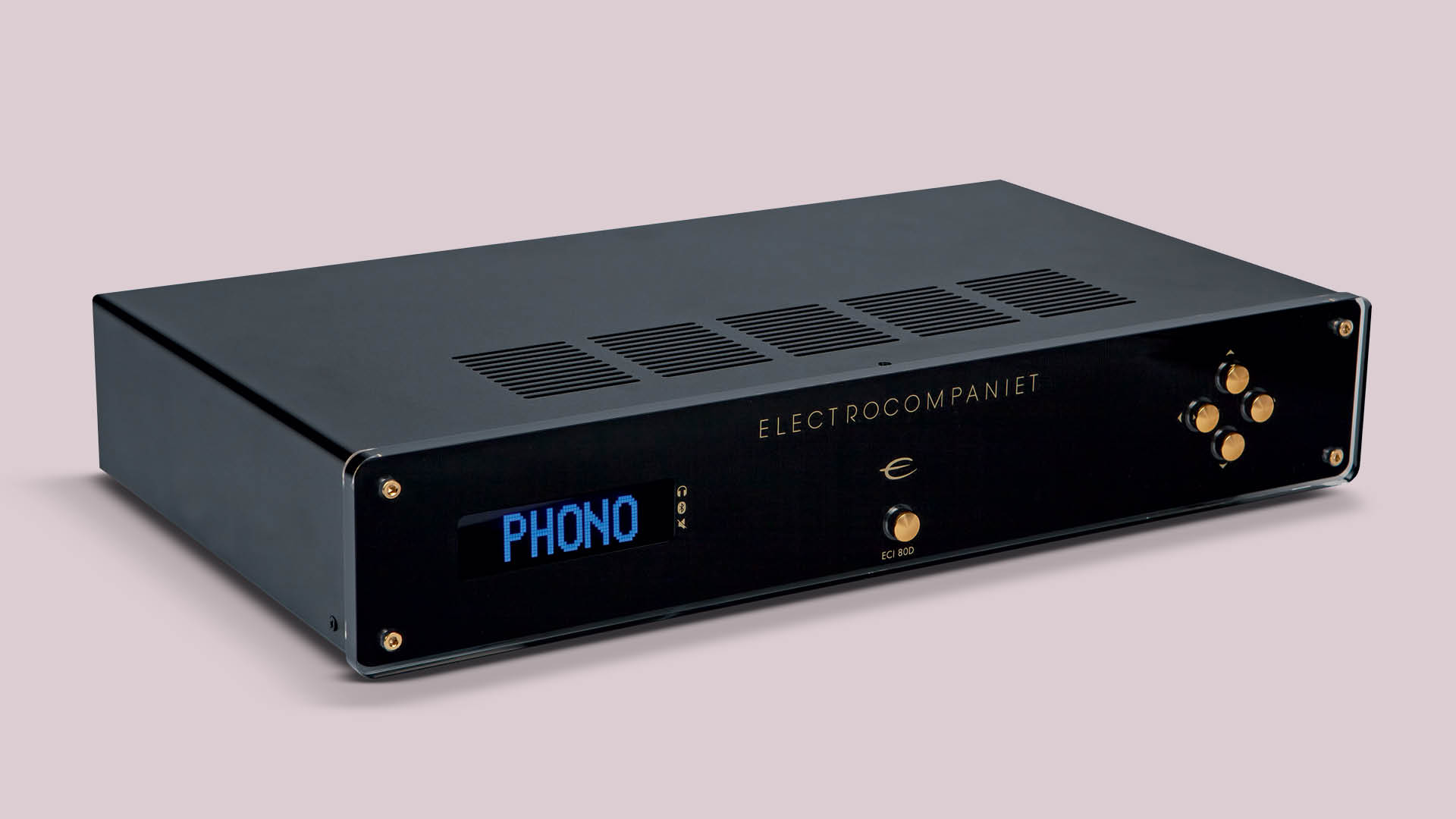
Similarly, we can’t imagine too many occasions where the integrated amp here will be caught short in a price appropriate two-channel set-up. Another ‘entry level’ product with much of the flavour of many of Electrocompaniet’s high end products, the ECI-80D has a really good phono stage, very good features, and it will drive the ProAc speakers with ease. For the money, this is a wonderfully capable amp that majors on delivering an open and spacious sound brimming with subtleties. With a low-key album such as Found Songs by Ólafur Arnalds it shines, rendering nuanced soundscapes populated by expressive instruments and sounds. We’re impressed by the resolution on offer and the way the amp organises the information into a cohesive, musical whole.
It has a refined presentation that’s free of any unwarranted hard edges, yet there’s enough in the way of bite when the music demands. We enjoy the ECI-80D’s stereo imaging, particularly the way it layers the sound and prevents instruments from sounding cluttered or as if they are having to jostle to be heard.
Speakers: Proc Response DT8
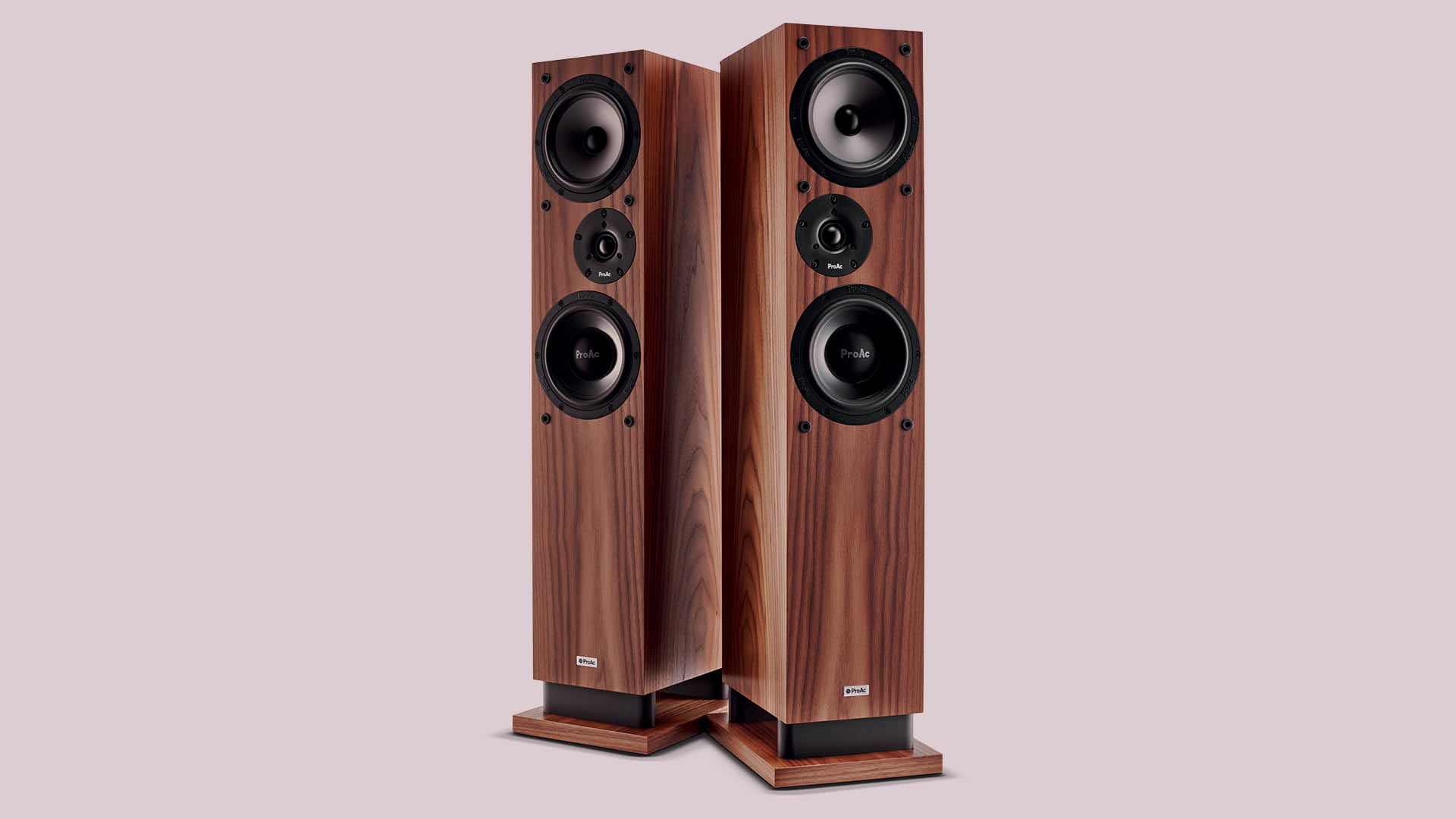
The floorstanders in this system bring together all the many strengths of the other components here and present them to the listener in such an entertaining way that we can’t help but recommend them. The Response DT8 use ProAc’s downward-firing port arrangement that vents to the sides, making the speakers less fussy about room positioning than conventional rear-firing ported speakers tend to be. In our test room we position the Response around a metre into the room, well away from the side walls and angle them slightly towards the listening position to focus the stereo imaging.
With Beethoven’s Fifth Symphony the ProAcs respond with a large-scale sound full of force and fury. They deliver the music’s high-octane dynamic swings with enthusiasm and plenty of punch, yet have the skill to render the subtleties with care. Detail levels are high, with the DT8 able to resolve layers of information and organise it in a cohesive manner. They render instrumental texture superbly, and deliver slight changes in intensity and drive well.
Stereo imaging is lovely. The DT8 paint on an expansive sonic canvas, and locate instruments with precision and stability. The orchestra is laid out convincingly, with the sound extending well beyond the space between the speakers.
Verdict
It’s really hard to create a stereo system that combines rhythmic drive with a convincing soundstage, great timing and impressive dynamics. This system does all of that really well.
MORE:
Enjoy your favourite music on the go with this killer portable hi-fi system
Keep things simple with this awesome just-add-speakers streaming system
Take your CDs and vinyl for a spin with this superb hi-fi system

Jonathan Evans is the editor of What Hi-Fi? magazine, and has been with the title for 18 years or so. He has been a journalist for more than three decades now, working on a variety of technology and motoring titles, including Stuff, Autocar and Jaguar. With his background in sub-editing and magazine production, he likes nothing more than a discussion on the finer points of grammar. And golf.
